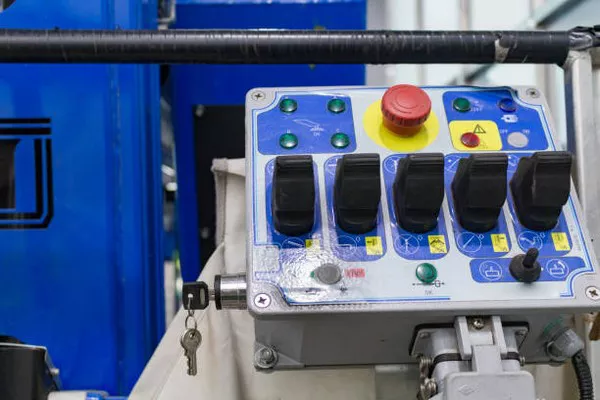Electric generators play a pivotal role in the modern world, serving as the backbone of electricity production. These devices convert mechanical energy into electrical energy, providing a reliable source of power for countless applications. In this article, we will delve into the intricate workings of electric generators, exploring their components, types, and the fundamental principles that govern their operation.
Basic Principles of Electric Generation:
At the heart of every electric generator lies the principle of electromagnetic induction, a concept pioneered by Michael Faraday in the early 19th century. According to Faraday’s law, a change in magnetic flux within a closed loop induces an electromotive force (EMF) or voltage. Electric generators leverage this phenomenon to produce electrical energy.
Components of an Electric Generator:
Rotor (Armature): The rotor, also known as the armature, is a crucial component of an electric generator. It consists of a coil or a set of coils that are rotated within a magnetic field. As the rotor spins, it generates a changing magnetic flux, initiating the process of electromagnetic induction.
Stator: The stator is a stationary component that surrounds the rotor. It typically consists of a series of coils or windings arranged in a specific configuration. These coils are connected to an external circuit, forming the output terminals of the generator.
Magnetic Field: A strong and consistent magnetic field is essential for the proper functioning of an electric generator. This field can be created using magnets or by passing a current through a field coil. The interaction between the rotating rotor and the stationary magnetic field induces an EMF in the coils of the armature.
Slip Rings and Brushes (for AC Generators): In alternating current (AC) generators, slip rings and brushes are used to maintain electrical contact with the rotating armature. These components allow the generated electrical energy to be transmitted to an external circuit.
Commuted (for DC Generators): In direct current (DC) generators, a commutator is employed instead of slip rings. The commutator reverses the direction of the current in the armature coils as they rotate, ensuring a unidirectional flow of electrical energy in the output circuit.
Types of Electric Generators:
AC Generators (Alternators): Alternating current generators are widely used for electricity generation. They produce an alternating voltage that periodically changes direction. AC generators are favored for their ease of voltage regulation and transmission over long distances.
DC Generators: Direct current generators, while less common in large-scale power generation, are still utilized in specific applications. DC generators provide a constant voltage output, making them suitable for certain industrial processes and battery charging.
Working Mechanism:
Faraday’s Law in Action: As the rotor rotates within the magnetic field of the stator, Faraday’s law comes into play. The changing magnetic flux induces an EMF in the armature coils.
Generation of AC or DC: Depending on the design and intended use, the generator can produce either AC or DC. In AC generators, the alternating current is generated directly in the armature coils, while in DC generators, the commutator ensures a unidirectional flow of current.
Output Voltage Regulation: Voltage regulation is a critical aspect of electric generators. This is often achieved by controlling the strength of the magnetic field, adjusting the speed of the rotor, or employing additional components such as voltage regulators.
Applications and Importance:
Power Plants: Electric generators are the backbone of power plants, where they convert mechanical energy from turbines, water wheels, or engines into electrical energy for distribution to homes and industries.
Emergency Power Systems: Generators play a crucial role in providing backup power during emergencies and outages. Hospitals, data centers, and critical infrastructure rely on generators to ensure uninterrupted operations.
Renewable Energy: Electric generators are integral to renewable energy sources such as wind and hydropower. Wind turbines and hydroelectric plants utilize generators to convert kinetic energy from the wind or water into electricity.
Conclusion:
Electric generators are marvels of engineering that power our modern world. From the principles of electromagnetic induction to the intricate components like rotors, stators, and commutators, these devices embody the convergence of physics and technology. Whether in large-scale power plants or as emergency backup systems, electric generators continue to be indispensable in providing a steady and reliable supply of electrical energy. Understanding their workings is key to appreciating the ingenuity behind the power that lights up our lives.

